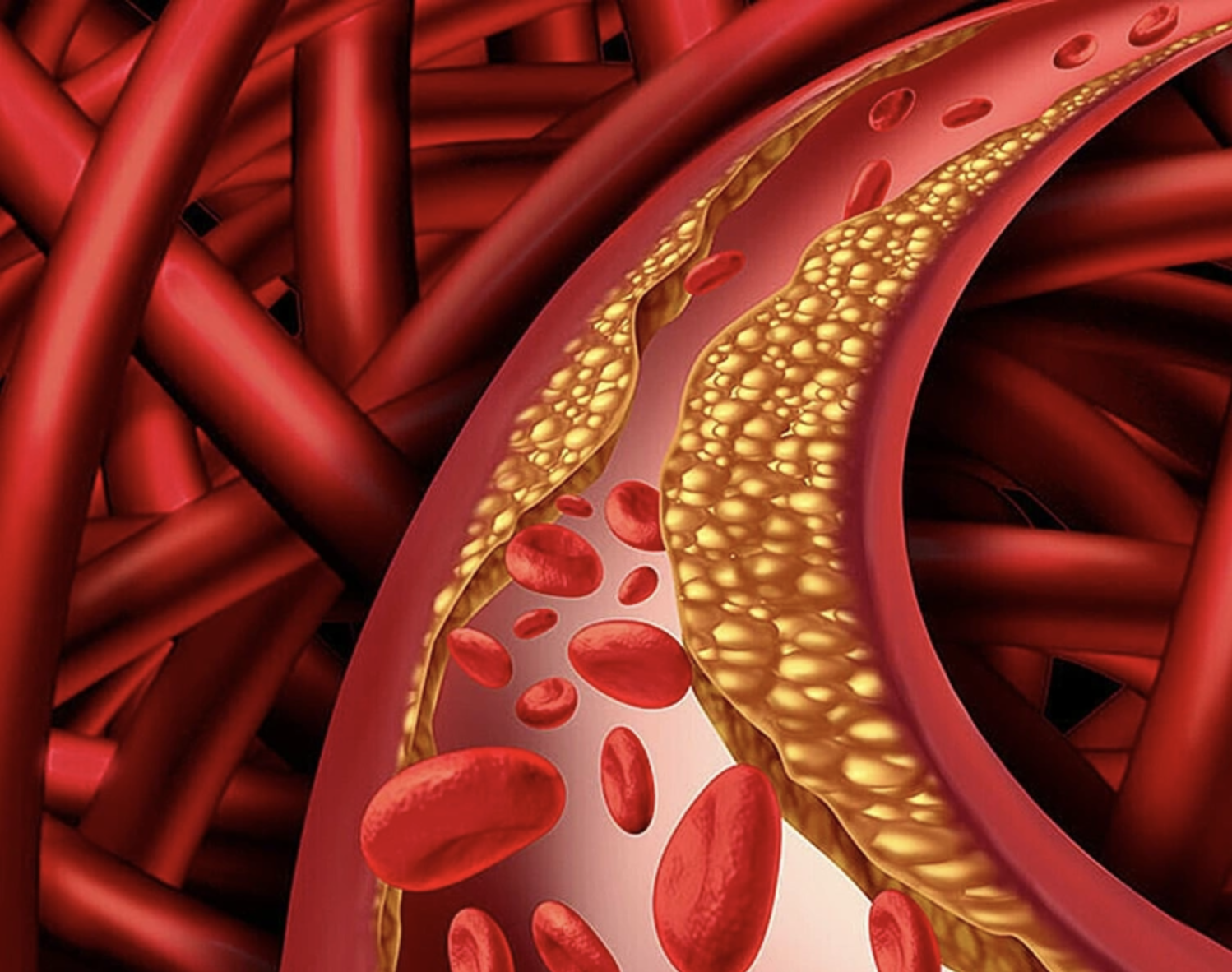According to Dr. Huynh Thi Thuy Ai, an endocrinologist at Minh Anh International Hospital, our bodies need cholesterol to build healthy cells. However, high cholesterol can cause fatty deposits to accumulate in blood vessels. These deposits can form blood clots, increasing the risk of heart attack and stroke.
What are the signs of high cholesterol?
High cholesterol can cause shortness of breath due to reduced blood flow to the heart or lungs. Plaque buildup in the arteries restricts the delivery of oxygen-rich blood to vital organs, leading to difficulty breathing, especially during exertion and sometimes even at rest.
Elevated cholesterol can also cause chest pain or discomfort, known as angina. This occurs because narrowed or blocked arteries limit blood flow to the heart, potentially leading to chest tightness, especially during physical activity or stress.
Unexplained fatigue and persistent weakness can also be symptoms. Blockages caused by high cholesterol reduce oxygenated blood flow to organs, resulting in decreased energy levels.
High cholesterol can cause intermittent leg pain, including cramping, tightness, and aches, often occurring in the calves after activity. This pain can sometimes also affect the thighs, buttocks, hips, and feet. Some patients also experience numbness in their legs and feet.
Another sign of high cholesterol is the appearance of yellow deposits on the skin, medically known as xanthomas. These soft, painless bumps or patches typically appear on the elbows, knees, hands, feet, or buttocks.
 |
Illustration of cholesterol buildup in the blood. Photo: My Health My Life |
Illustration of cholesterol buildup in the blood. Photo: My Health My Life
Should you get your cholesterol checked?
Doctors often recommend cholesterol testing as part of a routine checkup, especially for those at higher risk, including individuals with high blood pressure, type 2 diabetes, smokers, those who are overweight or obese, those with a sedentary lifestyle, those with a diet high in saturated fat, and older adults.
What are healthy cholesterol levels?
Cholesterol is typically measured in milligrams (mg) of cholesterol per deciliter (dL) of blood.
Total cholesterol: Below 200 mg/dL (desirable); 200-239 mg/dL (borderline high); and 240 mg/dL and above (high).
LDL (bad) cholesterol: Below 100 mg/dL (optimal); 100-129 mg/dL (near optimal); 130-159 mg/dL (borderline high); 160-189 mg/dL (high); and 190 mg/dL and above (very high).
HDL (good) cholesterol: 60 mg/dL and above is considered protective against heart disease; 40-59 mg/dL (better); below 40 mg/dL (a major risk factor for heart disease).
LDL is often estimated based on total cholesterol, HDL, and triglycerides. It can also be measured directly from a blood sample. Either way, maintaining a low LDL level is essential.
Healthy cholesterol levels depend on age, family history, lifestyle, and other heart disease risk factors, especially elevated triglycerides.
What to do if you have high cholesterol?
High cholesterol can lead to heart disease, a leading cause of death worldwide. While some risk factors like age and genes are unavoidable, there are steps you can take to lower your LDL and reduce your risk. These include:
Healthy eating: Reducing or avoiding foods high in saturated and trans fats and cholesterol can help lower blood cholesterol levels.
Weight management: Being overweight can increase cholesterol and the risk of heart disease.
Staying active: Regular exercise can help lower LDL (bad) cholesterol and raise HDL (good) cholesterol. Exercise also helps with weight loss.
Consult your doctor before making any significant changes to your diet or exercise routine. Regular checkups are recommended for monitoring and appropriate treatment.
My Y












